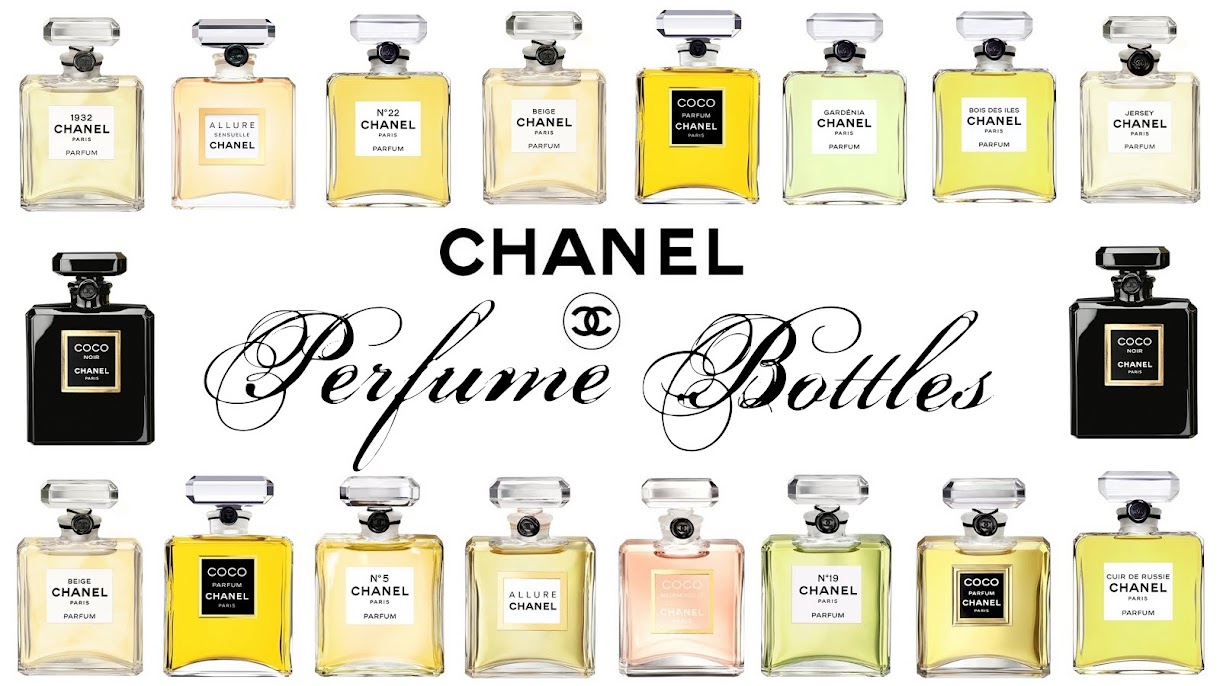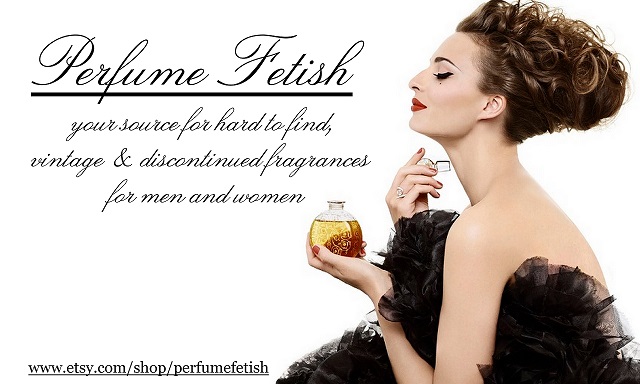Gabrielle Chanel was born in Saumur, France on the 18th August 1883, and brought up in an orphanage. For a few years she worked as a shopgirl for milliners and couture designers. With the knowledge she gained from working, she established her own fashion shop in Deauville France. She then later moves the shop to 31 rue Cambon, Paris in 1918.
The perfume of Chanel No. 5 was internationally popular with women of high society in particular. "La Société des Parfums Chanel" was founded in 1924 to produce and sell perfumes and beauty products. Reportedly, the signature scent was a result of her belief in superstitions. She was scheduled to show her collection on the fifth day of the fifth month. Chanel stated her lucky number was 5.
In 1931, she was questioned about her attitude toward perfumes, especially the flower perfumes, Mlle. Chanel said: "Real perfume is mysterious, but the perfume which many women use is not mysterious. Women are not flowers. Why should they want to smell like flowers?” I like roses, and the smell of the rose is very beautiful, but I do not want a woman to smell like a rose."

In 1924, Pierre Wertheimer and his brother Paul became Coco Chanel's partners in the House of Chanel perfume business. Two years before, in
1922, the perfume Chanel No. 5 had been introduced and Ms Chanel needed the Wertheimers' extensive experience in commerce, their American business connections, and their capital to fully develop and market the product. During their partnership, Wertheimer owned 70% of the Chanel perfume company. Chanel owned 10% and Chanel's friend, Théophile Bader, owned the remaining 20%.
Unhappy with the quality of the perfumes that the Wertheimers were selling in her name through their newly minted Chanel, Inc. company in the USA, in 1945, Gabrielle took matters into her own hands.
She then started selling the perfumes in her boutique, the only venue she kept open during the war. Chambrun mistakenly believed that she was permitted to do so in her contract with the Wertheimers. The Wertheimers disagreed and claimed she was counterfeiting their product of which they owned the trademark names and perfume formulas. In 1946, a lawsuit between her and the Wertheimers ensued. They came to her boutique and seized all of her bottles labeled "Mademoiselle Chanel No. 5". A new settlement was reached and, she was allowed to sell perfumes under the name "Mademoiselle Chanel" but was not allowed to use the number 5 at all in conjunction with any of her perfumes.
Keeping her promise to Chambrun and Maître Chresteil, president of the French Bar Association, she prefixed each perfume with “Mademoiselle Chanel” and sent them as gifts to her friends, Hollywood’s own Samuel Goldwyn and owners of the two most prolific department stores in New York Neiman Marcus and Bernard Gimbel.
After only a short period of production, she ceased the manufacture of these perfumes in 1947. Gabrielle spent a total of eight years living in Switzerland after the war. Who was the Swiss perfumer? No one knows. Gabrielle never revealed his name publicly.
The perfume of Chanel No. 5 was internationally popular with women of high society in particular. "La Société des Parfums Chanel" was founded in 1924 to produce and sell perfumes and beauty products. Reportedly, the signature scent was a result of her belief in superstitions. She was scheduled to show her collection on the fifth day of the fifth month. Chanel stated her lucky number was 5.
In 1931, she was questioned about her attitude toward perfumes, especially the flower perfumes, Mlle. Chanel said: "Real perfume is mysterious, but the perfume which many women use is not mysterious. Women are not flowers. Why should they want to smell like flowers?” I like roses, and the smell of the rose is very beautiful, but I do not want a woman to smell like a rose."

In 1924, Pierre Wertheimer and his brother Paul became Coco Chanel's partners in the House of Chanel perfume business. Two years before, in
1922, the perfume Chanel No. 5 had been introduced and Ms Chanel needed the Wertheimers' extensive experience in commerce, their American business connections, and their capital to fully develop and market the product. During their partnership, Wertheimer owned 70% of the Chanel perfume company. Chanel owned 10% and Chanel's friend, Théophile Bader, owned the remaining 20%.
Unhappy with the quality of the perfumes that the Wertheimers were selling in her name through their newly minted Chanel, Inc. company in the USA, in 1945, Gabrielle took matters into her own hands.
After finding a small perfumer in Switzerland to produce her new perfumes using the last of her raw materials, she started a new perfume line on her own and began making a line of competitive perfumes, based on the originals. She named them "Mademoiselle Chanel No.5", "Mademoiselle Chanel No.1", “Mademoiselle Chanel 31 rue Cambon”. The perfumer also made new versions of Ernest Beaux’s creations and renamed them “Mademoiselle Chanel Bois des Iles” and “Mademoiselle Chanel Cuir de Russie.”
Gabrielle Chanel gave lawyer, Rene de Chambrun several tiny bottles to give to his wife. She then asked if it were possible that she could make these up from her own home, and Chambrun declared that she could, provided that she could not sell them and only give them away as “gifts”. Chambrun’s wife enjoyed the perfume and a Russian “nose” also agreed and they both deemed the perfume “exquisite." The Swiss perfumer was instructed by Gabrielle to make up a hundred bottles of her various perfumes.
To get around the trademark for the bottle design, she used cylindrical bottles with sloping shoulders that were fitted with disk shaped, ground glass stoppers adorned with a red circular label bearing a large C for Chanel. These same bottles, dubbed omnibus flacons (sans Chanel labels), were also used by D’Orsay, Weil and other perfumers for their fragrances sold throughout the war.
Gabrielle Chanel gave lawyer, Rene de Chambrun several tiny bottles to give to his wife. She then asked if it were possible that she could make these up from her own home, and Chambrun declared that she could, provided that she could not sell them and only give them away as “gifts”. Chambrun’s wife enjoyed the perfume and a Russian “nose” also agreed and they both deemed the perfume “exquisite." The Swiss perfumer was instructed by Gabrielle to make up a hundred bottles of her various perfumes.
To get around the trademark for the bottle design, she used cylindrical bottles with sloping shoulders that were fitted with disk shaped, ground glass stoppers adorned with a red circular label bearing a large C for Chanel. These same bottles, dubbed omnibus flacons (sans Chanel labels), were also used by D’Orsay, Weil and other perfumers for their fragrances sold throughout the war.
To decorate the bottles and as a way to separate her products those from the Wertheimer controlled Chanel name, Gabrielle, decided to use a eye catching red label with white lettering, in a simplistic font, true to her style of minimalism.
She then started selling the perfumes in her boutique, the only venue she kept open during the war. Chambrun mistakenly believed that she was permitted to do so in her contract with the Wertheimers. The Wertheimers disagreed and claimed she was counterfeiting their product of which they owned the trademark names and perfume formulas. In 1946, a lawsuit between her and the Wertheimers ensued. They came to her boutique and seized all of her bottles labeled "Mademoiselle Chanel No. 5". A new settlement was reached and, she was allowed to sell perfumes under the name "Mademoiselle Chanel" but was not allowed to use the number 5 at all in conjunction with any of her perfumes.
Keeping her promise to Chambrun and Maître Chresteil, president of the French Bar Association, she prefixed each perfume with “Mademoiselle Chanel” and sent them as gifts to her friends, Hollywood’s own Samuel Goldwyn and owners of the two most prolific department stores in New York Neiman Marcus and Bernard Gimbel.
After only a short period of production, she ceased the manufacture of these perfumes in 1947. Gabrielle spent a total of eight years living in Switzerland after the war. Who was the Swiss perfumer? No one knows. Gabrielle never revealed his name publicly.
According to Forbes Magazine, the House of Chanel is jointly owned by Pierre Wertheimer's grandsons. Bought by Wertheimer Family of Germany in c1995.
Gabrielle "Coco" Chanel died on 10th January 1971.
The clothing line brand is now headed by German-born designer Karl Lagerfeld.
The clothing line brand is now headed by German-born designer Karl Lagerfeld.




This comment has been removed by a blog administrator.
ReplyDelete